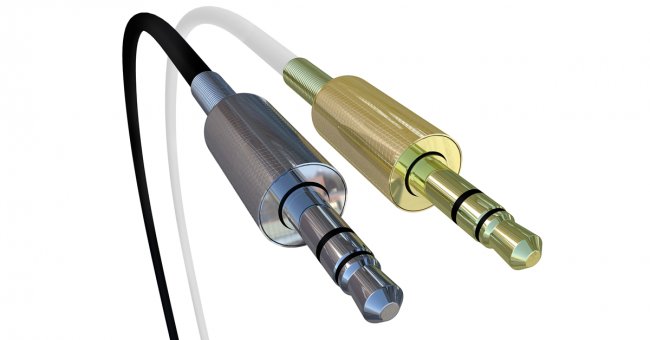As the name suggests, in the Parallel Systems method both old and new MES applications function at the same time in tandem, which allows the users to work with both systems simultaneously and once they get comfortable with the new system and the functionality set of the new application is deemed suitable, the old system might be switched off.
In the Parallel Systems approach, during the course of migration the old Legacy MES is the master and the new application is the slave; the data resides in both systems, and this is a unique proposition of this approach, as both the Big-Bang and the Phased Introduction approaches allow a particular type of data to exist only in one system at a time.
Since data needs to exist in both systems simultaneously there needs to be a synchronization layer in the middleware, which exists between the client and the servers. This synchronization layer ensures transactions happen in both applications and they are orchestrated to achieve the desired end result. It maintains the control and calls both systems in a serialized manner to maintain the orchestration logic. It should also be able to detect scenarios where the systems are out of sync and make sure full synchronization is achieved to allow users to experience the full capabilities of both the systems.
The synchronization layer should allow a transaction to succeed even if an error occurs due to the new MES and should then have the capability and built-in logic to report the error to the migration team. Furthermore, if there are more than a pre-decided number of errors, the operation of the new MES should be shut and reported along with details of errors to the migration team.
(A detailed picture visualizing the migration architecture can be found in the blog article).
A similar switching logic needs to be followed by the ETL layer which provides input to the SSOT, or Single Source of Truth. It is also recommended, although not necessary, to freeze the master data for the period of migration when using the Parallel Systems approach, as this saves hassle of master data synchronization.
When implementing this approach it is also noteworthy that during the course of migration the new MES should be capable of rolling back if required, which means none of the functionality can be solely dependent on the new MES. Also, the new MES should accommodate all current functionality of the existing MES in order to be a worthy replacement. Once the users are accustomed to the new MES and all goals of migration have been achieved, the old system can be simply switched off or be made the slave for some time, till all remaining risks are mitigated.
From the perspective of project management, it is important to note that Parallel Systems approach is the least risky of all the three approaches. As two systems exist simultaneously, and all transactions take place, although with an increased latency, but they do take place, there is no risk of any downtime or loss of data.
However, from cost and time point of view this approach takes the most amount of money as both systems need to maintained, synchronized and data integrity needs to be maintained, it also takes a moderate amount of time to implement (typically lower than the phased introduction method). This approach is suitable for organizations with high interdependence with existing system, where both the risk of facing downtime is high and the level of automation which the current application provides is also on the higher end.
Now, having understood all three approaches to MES migration, you can have a better idea which approach to choose for your operation, however it needs to be mentioned again that there is no elixir cure for the migration challenge and it is always better to work with an experienced vendor to understand the project variables and to finalize the approach. In our next article we will try and provide a methodology to approach Migration planning right from defining the project to its closure. So stay tuned for the finale of our MES Migration series.
Read this and more articles on MES migration here


